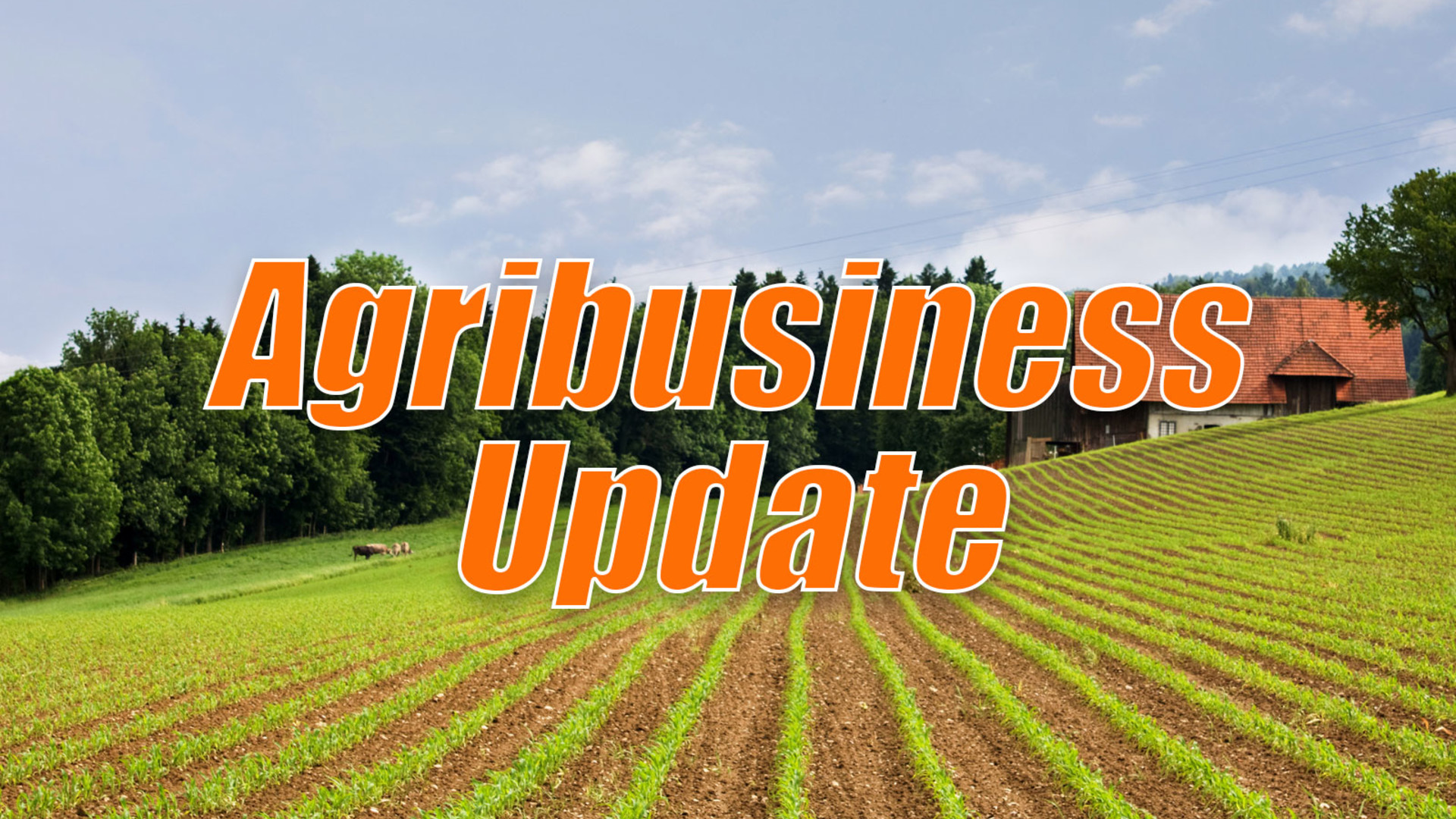Drought and Hay Prices and Aging Water Infrastructure
From the Ag Information Network, I’m Bob Larson with your Agribusiness Update.**Because parched pastures won’t have enough grass to support their animals, dairy farmers and livestock ranchers need to buy more hay, and that means restricted supplies and higher prices.
Organic hay has been in particularly tight supply, principally because of rising demand from organic dairy farmers whose grazing season has been cut short.
One hay broker says the shortages will put farmers in “uncharted territory” as the summer progresses.
**Editing a plant’s genes can help the plant thrive during drought, extreme heat and other climate change-related crises.
The Foundation for Food & Agriculture Research is providing over $385,000 in grants through its Crops of the Future Collaborative at the University of California, Davis to develop accessible gene editing technology that allows faster plant growth.
Other matching funds push the total to over $535,000.
While this technology is key to future food security, it’s expensive and time consuming, and too much for smaller labs.
**Citing an “acute and critical need” magnified by another all-too-familiar drought, a national coalition representing thousands of Western farmers, ranchers, water providers, businesses and communities are urging Senate leaders to take action to address the shortcomings of aging water infrastructure.
In a letter to the Committee on Energy and Natural Resources, the coalition said federal investment in a diversified water management portfolio must be included as essential infrastructure in the next legislative package.













